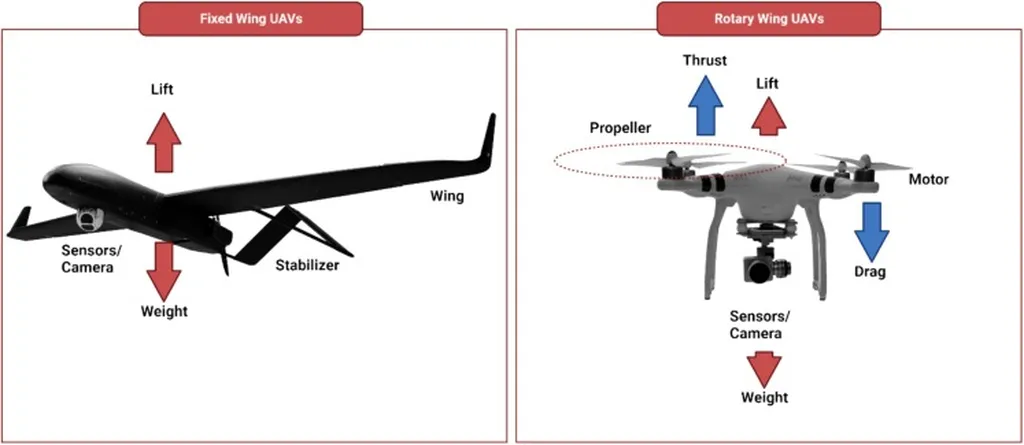In the ever-evolving landscape of precision agriculture, a recent study published in *The International Archives of the Photogrammetry, Remote Sensing and Spatial Information Sciences* has shed light on the potential of a novel approach to crop monitoring. Led by A. Jenal from the GIS & RS Group at the University of Cologne, Germany, the research investigates the capabilities of a multiband VNIR/SWIR (Visible and Near-Infrared/Shortwave Infrared) imaging system mounted on unmanned aerial vehicles (UAVs) for deriving both structural and biochemical traits of winter wheat.
The study represents a significant step forward in the integration of spectral and structural data for crop trait monitoring. By capturing image datasets at six distinct wavelengths—910, 980, 1100, 1200, 1510, and 1650 nm—the researchers were able to extract valuable information about crop height and biochemical properties simultaneously. This dual capability is a game-changer for the agriculture sector, as it allows for more comprehensive and efficient crop monitoring.
“Our findings demonstrate that combining spectral and structural data from a single sensor can significantly improve the accuracy of trait estimation,” said Jenal. “This integrated approach provides a robust performance even when individual predictors show limitations, which is crucial for reliable crop monitoring.”
The study involved UAV flights conducted on a single date, May 11, 2022, over fields of winter wheat. Ground-truth data, including fresh and dry biomass, moisture, nitrogen concentration, and nitrogen uptake, were collected from 36 samples across six varieties and three fertilization levels. Bivariate regression analyses revealed moderate performance for spectral vegetation indices, with R² values ranging from 0.50 to 0.62. However, crop height showed a superior predictive capability, with R² values ranging from 0.63 to 0.75, demonstrating consistency across studies.
The real breakthrough came when the researchers combined vegetation indices with crop height in multivariate models. This integration significantly improved trait estimation, with R² values ranging from 0.72 to 0.84 and normalized root mean square error (nRMSE) values between 0.12 and 0.15. “The ability to derive both structural and biochemical data from single-sensor imagery is the key advantage of this camera system,” Jenal emphasized.
The commercial implications of this research are substantial. Farmers and agronomists can benefit from more accurate and timely information about crop health and productivity, enabling better decision-making and resource management. The integration of spectral and structural data can lead to more precise fertilization, irrigation, and pest management strategies, ultimately enhancing crop yields and sustainability.
While the study provides valuable validation of the sensor system’s capabilities, it also highlights the need for further research. The single-date analysis limits conclusions about temporal stability throughout the growing season. Future studies should expand to multi-temporal analyses across complete growing seasons and implement the recently developed 6-channel VNIR/SWIR system to address current limitations.
As the agriculture sector continues to embrace technological advancements, the integration of multispectral and structural data from UAVs holds promise for revolutionizing crop monitoring. The research led by Jenal and his team at the University of Cologne underscores the importance of combining spectral and structural information for reliable trait estimation, paving the way for more efficient and sustainable agricultural practices.

